- About us
- Support the Gallery
- Venue hire
- Publications
- Research library
- Organisation chart
- Employment
- Contact us
- Make a booking
- Onsite programs
- Online programs
- School visit information
- Learning resources
- Little Darlings
- Professional learning
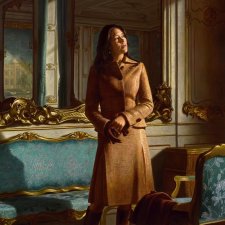
Joanna Gilmour takes us behind the scenes of some of Ralph Heimans’ best-known portraits of royalty, heads of state and cultural icons.
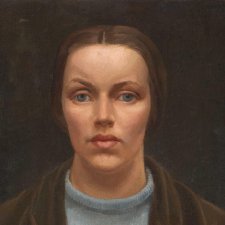
National Portrait Gallery director Karen Quinlan AM nominates her quintet of favourites from the collection, with early twentieth-century ‘selfies’ filling the roster.
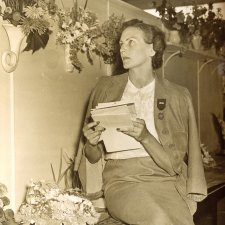
Sarah Engledow lauds the very civil service of Dame Helen Blaxland.
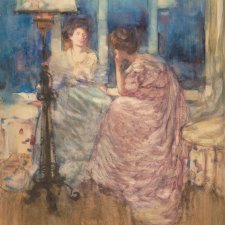
Penelope Grist finds inspiration in pioneering New Zealand artist, Frances Hodgkins.
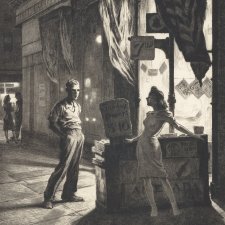
Joanna Gilmour explores the enticing urban shadows cast by artists Martin Lewis and Edward Hopper.
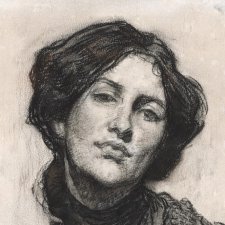
Long after the portraitist became indifferent to her, and died, a beguiling portrait hung over its subject.

Jean Appleton’s 1965 self portrait makes a fine addition to the National Portrait Gallery’s collection writes Joanna Gilmour.
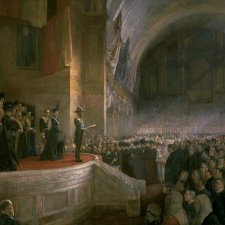
Celebrates the centenary of the first national art collection, the Historic Memorials Collection, housed at Australia's Parliament House.

Sir William Dobell painted the portraits of Sir Charles Lloyd Jones and Sir Hudson Fysh, who did much to promote the image of Australia in this country and abroad.
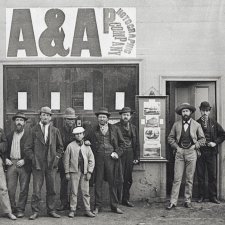
Joanna Gilmour explores the stories behind the ninteenth-century carte de visites of bushrangers Frank Gardiner and Fred Lowry.
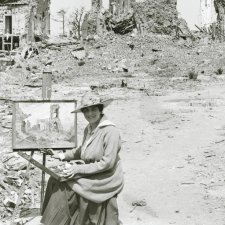
Dr Sarah Engledow traces the significant links between Antonio Dattilo-Rubbo and Evelyn Chapman through their portraits.
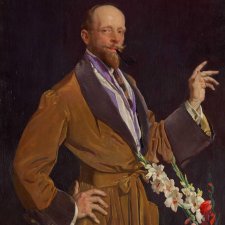
Andrew Sayers discusses the real cost of George Lambert's Self portrait with gladioli 1922.
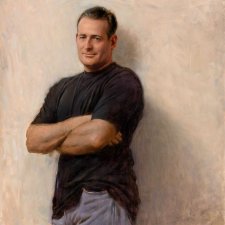
Katherine Russell examines the art of Australian artist Paul Newton, referencing the portraiture of John Singer Sargent.
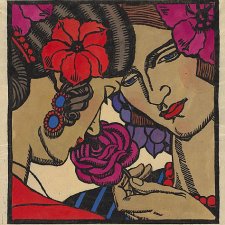
The world of Thea Proctor was the National Portrait Gallery's second exhibition to follow the life of a single person, following Rarely Everage: The lives of Barry Humphries.
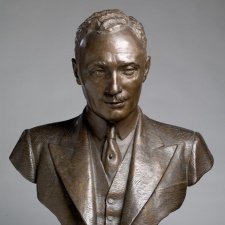
Australia's tradition of sculpted portraits stretches back to the early decades of the nineteenth century and continues to sustain a group of dedicated sculptors.